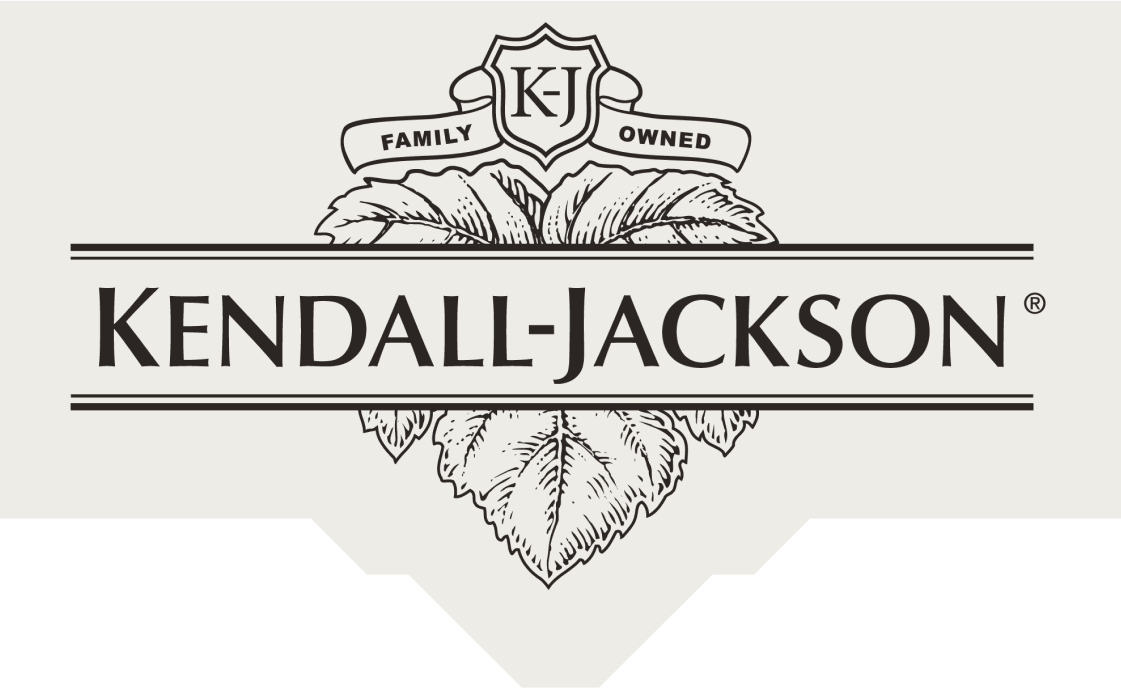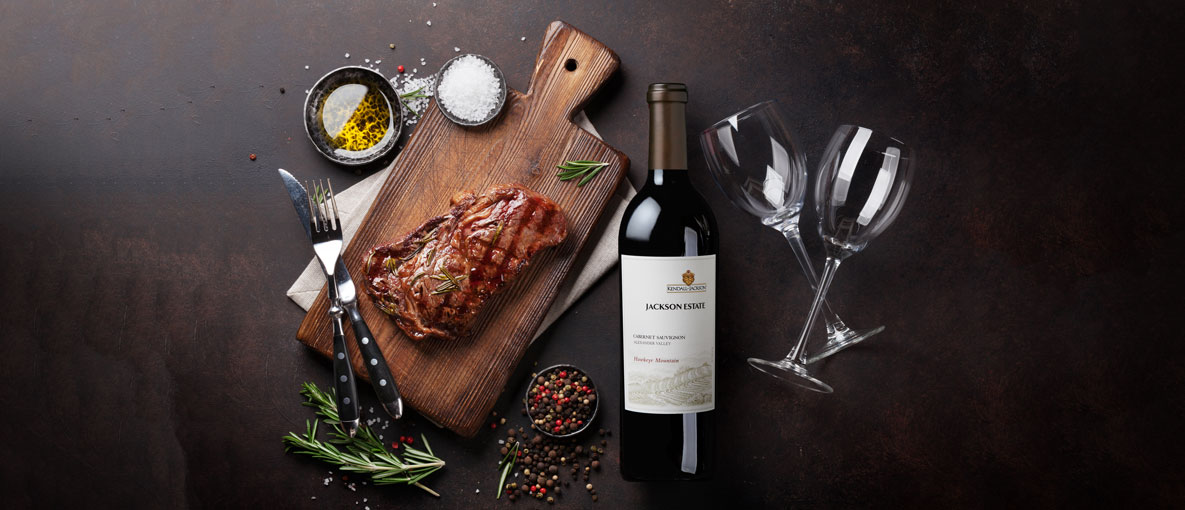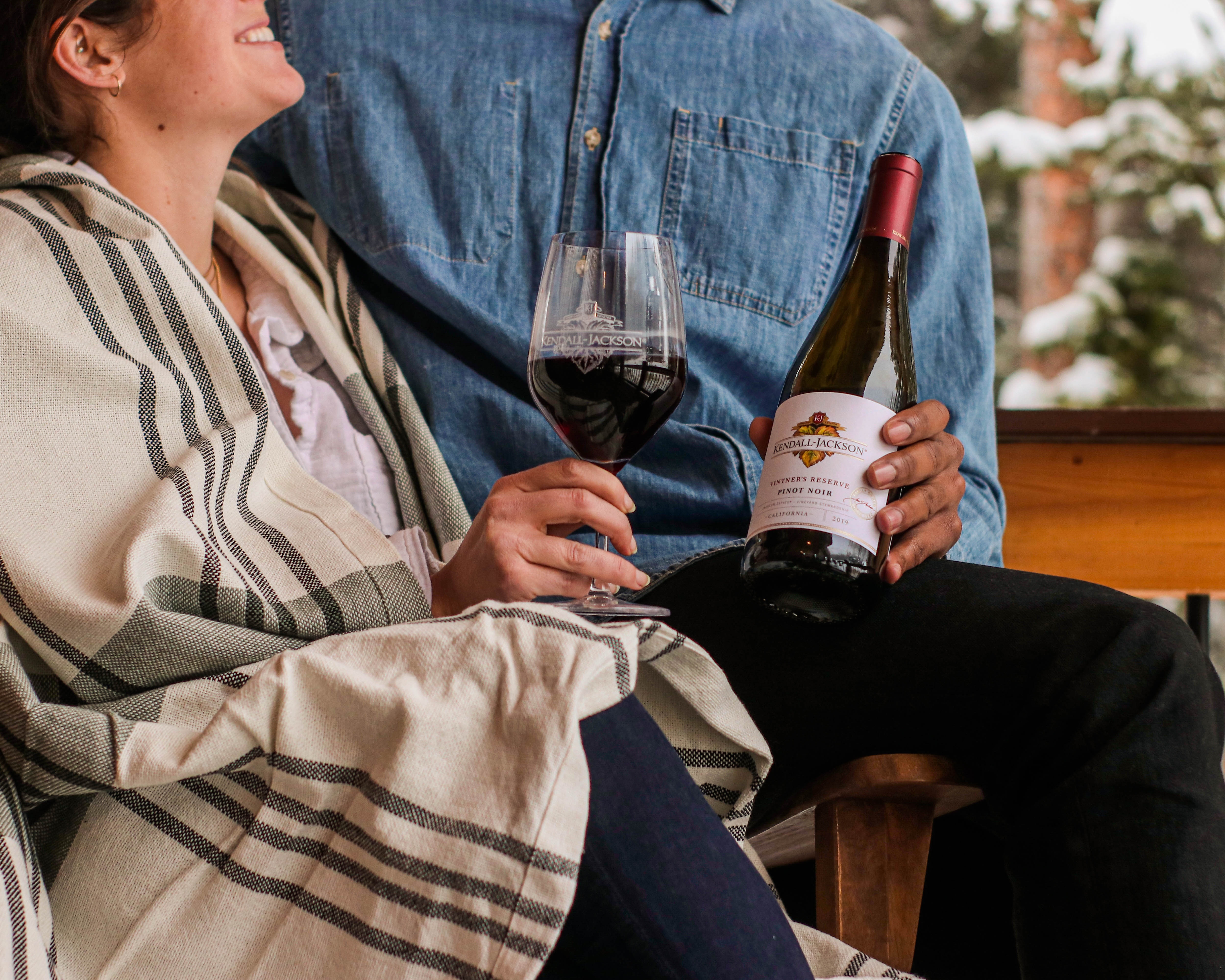French Oak Versus American Oak: How Do Barrels Affect Wines?
This blog was updated in December 2024.
In the complex fusion of elements that are important in winemaking, there are sorting systems, presses and fermentation temperatures - among many other things - to obsess over, but barrels have a special place in winemakers’ hearts. It’s little wonder: wood imparts magical textures, aromas and flavors into wine that can’t be achieved any other way.
Most of the world’s best wines are aged – and sometimes vinified – in barrels, and French and American oak are the most commonly used wood types. There is also oak from Hungary, Romania and the Caucasus Mountain Ranges. Other woods, like acacia, are used occasionally, too.
New oak is used primarily to impart flavor. New and lightly-used barrels, having aged only one or two wines, impart more flavor. Think of tea bags. They download enormous flavor the first time they hit hot water, then their flavor impacts diminish with each subsequent steeping.
Flavor Profiles of Each Oak
French and American oak offer different flavor characteristics, as do Earl Grey and Lapsang Souchong. French oak tends to taste of dark chocolate, roasted coffee beans and exotic, savory spices. American oak leans toward dill, coconut, vanilla extract and sweet spices. French oak can be more elegant while American oak can be more assertive, but it primarily comes down to how the different oak types are used – just like salt and other seasonings.
Wine and Food Pairings: The Oak Connection
We know from experience that different foods have natural affinities with one another, whether it’s a spice rub for smoked ribs or a dill sauce for grilled salmon. The same pairing concept applies to grape varieties and wood. Cabernet Sauvignon, Pinot Noir and Chardonnay have an affinity to French oak. Zinfandel melds more smoothly with American oak. Merlot – befitting of its malleable and juicy-palated personality – and Syrah get along with both types. When it comes to blends of varieties, all sorts of elaborate oak aging recipes might be used.
Learn More: Check out our wine entertaining page to learn about food pairings, how to serve wine, and much more!
Kendall-Jackson’s Commitment to Quality
At Kendall-Jackson, the preference is for French oak for most of its wines. In fact, Kendall-Jackson purchased a stave mill in France and partnered with a cooper (a barrel maker) in Missouri to assure the origin, quality and ultimate style of every one of its French oak wine barrels.
Because it’s not just that the oak is French or American, it’s also how the wine barrel is made. Like in the kitchen, how much and the way in which heat is applied to a food changes everything. In the cooperage, a hotter, faster “toast” of the wood creates sweeter flavors balanced by more fiery, prominent tannins while a slower, less intense heat creates less marked flavors with more gentle tannins. It’s no wonder that winemakers are often compared to chefs and that their oak “libraries” are frequently referred to as “spice racks”.
The Impact of Oak on Wine Texture
Of course, there’s more. Oak isn’t just about flavor. It also impacts texture. It’s a porous container, so unlike when aged in stainless steel, the wine comes in contact with oxygen. This softens the structure of the wine. Wood molds the wine to feel creamier and broader on the palate rather than leaving it to strike the palate in a more crisp and direct fashion.
Whether the contribution to the wine is flavor or texture, the size of the barrel determines how the oak will affect the wine. Smaller barrels have a greater impact than larger barrels as there is more wine directly in contact with the wood.
Read More: Learn how oak barrels affect Chardonnay
The Art of Winemaking
French versus American oak? Wine barrel making? There are so many components to winemaking! In the end, it’s all about the winemakers putting the best possible combinations of “ingredients” in the bottle. It’s not just chefs that put magic on the table; it’s winemakers, too.
At Kendall-Jackson, the commitment to quality is reflected in our choice of oak barrels, ensuring that each wine is crafted to perfection. Explore and shop Kendall-Jackson wines to experience the artistry and dedication that goes into every bottle.






